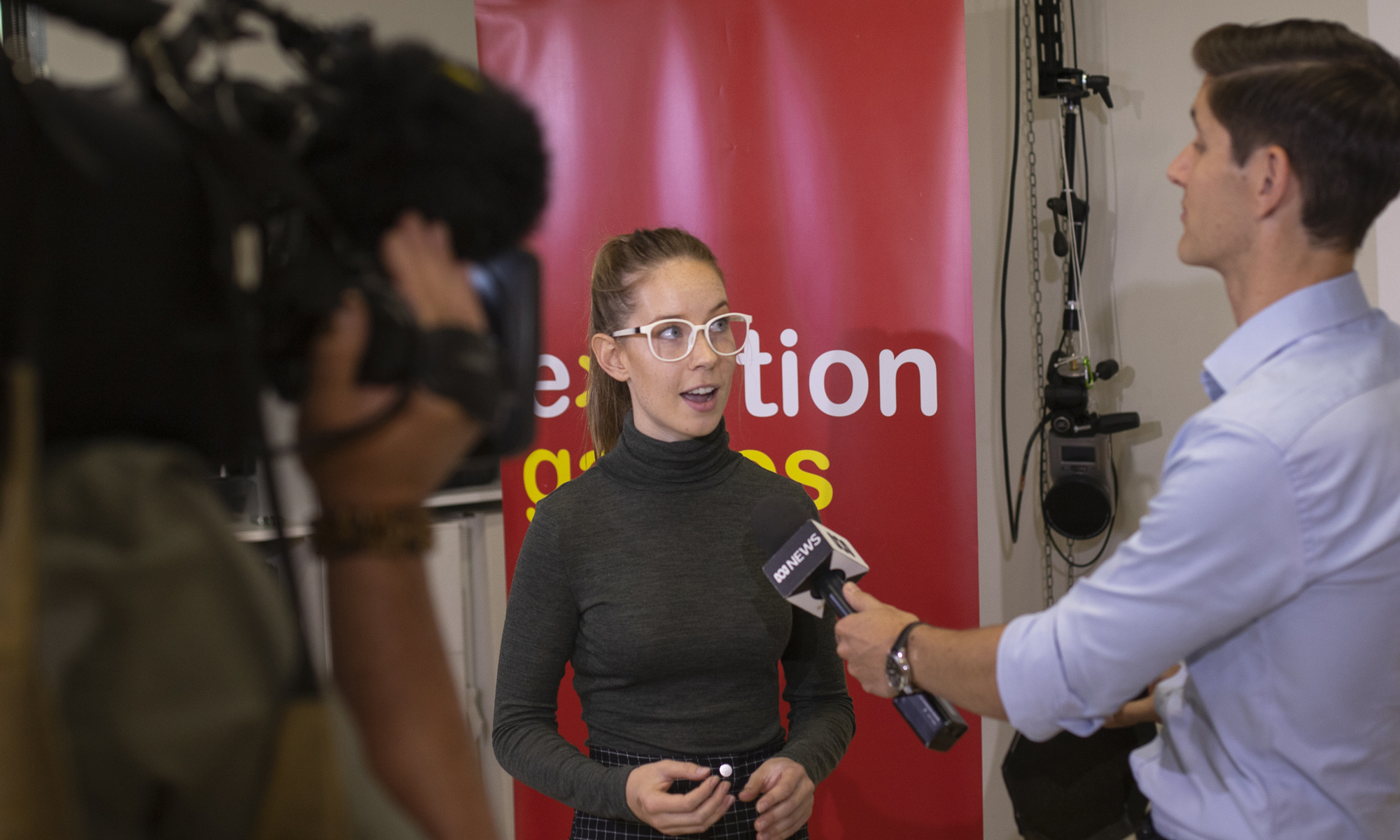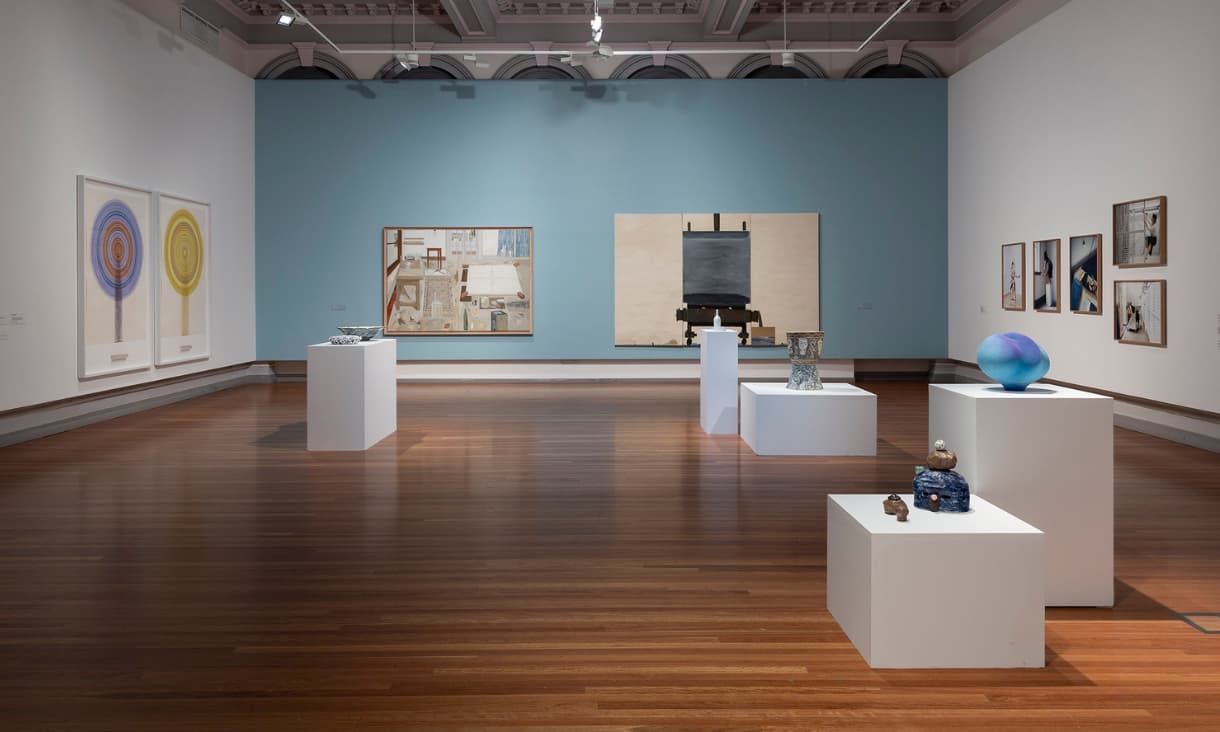Rediscovering our city: RMIT celebrates our built environment at Open House Melbourne
RMIT architecture, design and landscape experts will be part of a range of events as part of the Open House Melbourne 2024 program, which begins this week.
RMIT graduate takes local luggage brand July to the Olympics
RMIT alum Athan Didaskalou will take his Melbourne-based brand July to the world stage this month, as the official luggage supplier to the Australian Olympic Team.
New exhibition explores a century of art from academics, alumni
Works by notable academics and alumni acquired by the RMIT Art Collection over the past 100 years are on display in a new exhibition.
Fashion students put HoMie where the heart is with new streetwear range
RMIT students combine style and substance in an industry project with social impact.






